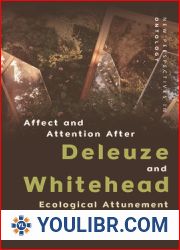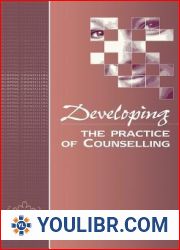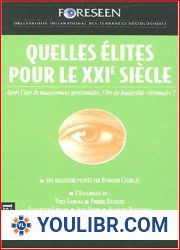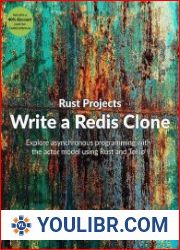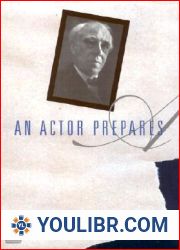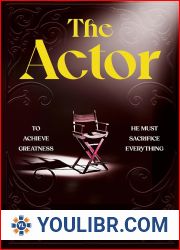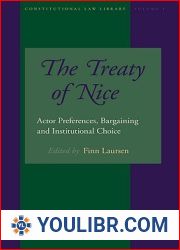
BOOKS - Developing Zeami: The Noh Actor's Attunement In Practice

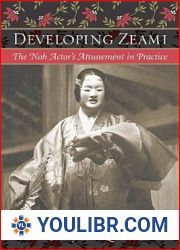
US $6.75

426154

426154
Developing Zeami: The Noh Actor's Attunement In Practice
Author: Shelley Fenno Quinn
Year: June 1, 2005
Format: PDF
File size: PDF 2.2 MB
Language: English
Year: June 1, 2005
Format: PDF
File size: PDF 2.2 MB
Language: English
The great noh actor, theorist, and playwright Zeami Motokiyo (ca. 1363-1443) is one of the major figures of world drama. His critical treatises have attracted international attention ever since their publication in the early 1900s. His corpus of work and ideas continues to offer a wealth of insights on issues ranging from the nature of dramatic illusion and audience interest to tactics for composing successful plays to issues of somaticity and bodily training. Shelley Fenno Quinn's impressive interpretive examination of Zeami's treatises addresses all of these areas as it outlines the development of the playwright's ideas on how best to cultivate attunement between performer and audience. Quinn begins by tracing Zeami's transformation of the largely mimetic stage art of his father's troupe into a theater of poiesis in which the playwright and actors aim for performances wherein dance and chant are re-keyed to the evocative power of literary memory. Synthesizing this remembered language of stories, poems, phrases, and their prosodies and associated auras with the flow of dance and chant led to the creation of a dramatic prototype that engaged and depended on the audience as never before. Zeami developed this dramatic prototype in his one treatise on composing, Sando, (The three techniques) and in his play Takasago, both of which are discussed at length here, with annotated translations appended. His precepts on composing are also explored in relation to the poetic tradition, in particular the theories of the court poet Nijo Yoshimoto. Later chapters examine a performance configuration created by Zeami (the nikyoku santai ) as articulated in his mature theories on the training of the performer. Drawing on possible reference points from Buddhist and Daoist thought, the author argues that Zeami came to treat the nikyoku santai as a set of guidelines for bracketing the subjectivity of the novice actor, thereby allowing the actor to reach a certain skill level or threshold from which his freedom as an artist might begin. Eminently readable and accessible, Developing Zeami is a thorough treatment of the evolution of Zeami's thought in the broad context of his work as a performer and playwright. It makes an important contribution to the understanding of his intellectual and artistic formulations while helping to clarify areas of noh studies, such as the understanding of yugen, that have long been debated among students of Japanese drama. It will be welcomed not only by scholars of Japanese theater and literature, but also by actors, playwrights, and others interested in uncovering the work of one of the most innovative thinkers in the history of the stage.









